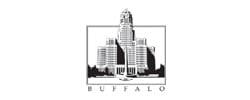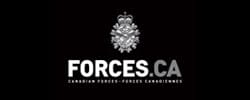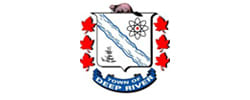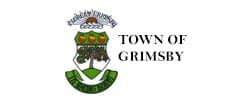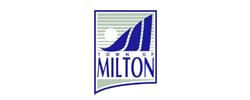Medical Assessment

Firefighter Services of Ontario vision and hearing standards follow the recommendations of the National Fire Protection Association (NFPA).
-
“I am a full-time firefighter with the Brantford Fire Department. I have been through the Firefighter Services of Ontario testing twice, while applying to different departments, and both times was very impressed by how efficient the entire process was and how helpful the staff were.”
Firefighter Services of Ontario vision and hearing standards follow the recommendations of the National Fire Protection Association (NFPA). These standards have been approved as the American National Standard since July 18, 2003. There is no comparable standard for Canada. Some fire departments in Canada set their own medical standards, which may be different. We will test to the NFPA standard as stated below UNLESS specifically requested to test to another standard by a specific fire department.
In these cases you will receive two certificates: the Firefighter Services of Ontario certificate and the one for the specific fire department that you are applying to on the test date. You may use the Firefighter Services of Ontario certificate for any application to a fire department that uses the NFPA standard for 1 year from the date of issue. If you apply to a fire department that sets another standard, you will have to be retested to their standard to obtain their specific certificate.
2 Tests:

Firefighter Services of Ontario assesses hearing according to the NFPA standards. Medical conditions that can affect a candidate’s ability to safely perform essential job tasks are designated as either Category A or Category B. Candidates with Category A medical conditions will not be certified as meeting the medical requirements of the NFPA standard. Candidates with Category B conditions shall be certified as meeting the medical requirements of the NFPA standard only if they can perform the essential job tasks without posing a significant safety and health risk to themselves, members, or civilians.
Category A
Medical conditions shall include the following:
- Chronic vertigo or impaired balance as demonstrated by the inability to tandem gait walk.
- On audiometric testing, average hearing loss in the unaided better ear greater than 40 decibels (dB) at 500 Hz, 1000 Hz, and 2000 Hz when the audiometrec device is calibrated to ANSI Z24.5.
- Any ear condition (or hearing impairment) that results in a person not being able to safely perform essential job tasks.
Category B
Medical conditions shall include the following:
- Unequal hearing loss.
- Average uncorrected hearing deficit at the test frequencies 500 Hz, 1000 Hz, 2000 Hz, and 3000 Hz greater than 40 dB in either ear.
- Atresia, stenosis, or tumor of the auditory canal.
- External otitis.
- Agenesis or traumatic deformity of the auricle.
- Mastoiditis or surgical deformity of the mastoid.
- Meniere’s syndrome, labyrinthitis, or tinnitus.
- Otitis media.

Firefighter Services of Ontario assesses vision according to the NFPA standards. Medical conditions that can affect a candidate’s ability to safely perform essential job tasks are designated as either Category A or Category B. Candidates with Category A medical conditions will not be certified as meeting the medical requirements of the NFPA standard. Candidates with Category B conditions shall be certified as meeting the medical requirements of the NFPA standard only if they can perform the essential job tasks without posing a significant safety and health risk to themselves, members, or civilians.
Candidates wearing contact lenses must remove them prior to the visual examination. Please remember to bring your contact solution and case.
Category A
Medical conditions include the following:
- Far visual acuity. Far visual acuity less than 20/40 binocular, corrected with contact lenses or spectacles. Far visual acuity less than 20/100 binocular for wearers of hard contact or spectacles, uncorrected.
- Color perception. Monochromatic vision resulting in inability to use imaging devices.
- Monocular vision.
- Any eye condition that results in a person not being able to safely perform essential job tasks.
Category B
Medical conditions include the following:
- Diseases of the eye such as retinal detachment, progressive retinopathy, or optic neuritis.
- Ophthalmological procedures such as radial keratotomy, Lasik procedure, or repair of retinal detachment.
- Peripheral vision in the horizontal meridian of less than 110 degrees in the better eye or any condition that significantly affects peripheral vision in both eyes.
NOTE: NFPA standard for eyes and vision include in their category A medical conditions Colour Perception: “monochromatic vision resulting in inability to use imaging devices”. Applicants are screened using colour plates on a Ishihara test for colour blindness. If the applicant fails this test the Farnsworth D-15 test is used. An applicant that fails the Ishihara can still pass the Farnsworth D-15 demonstrating they are not monochromatic thus demonstrating they can operate imaging devices. A severe failure of the D-15 would indicate monochromatic colour vision and a failure of the eye and vision section of the NFPA.
